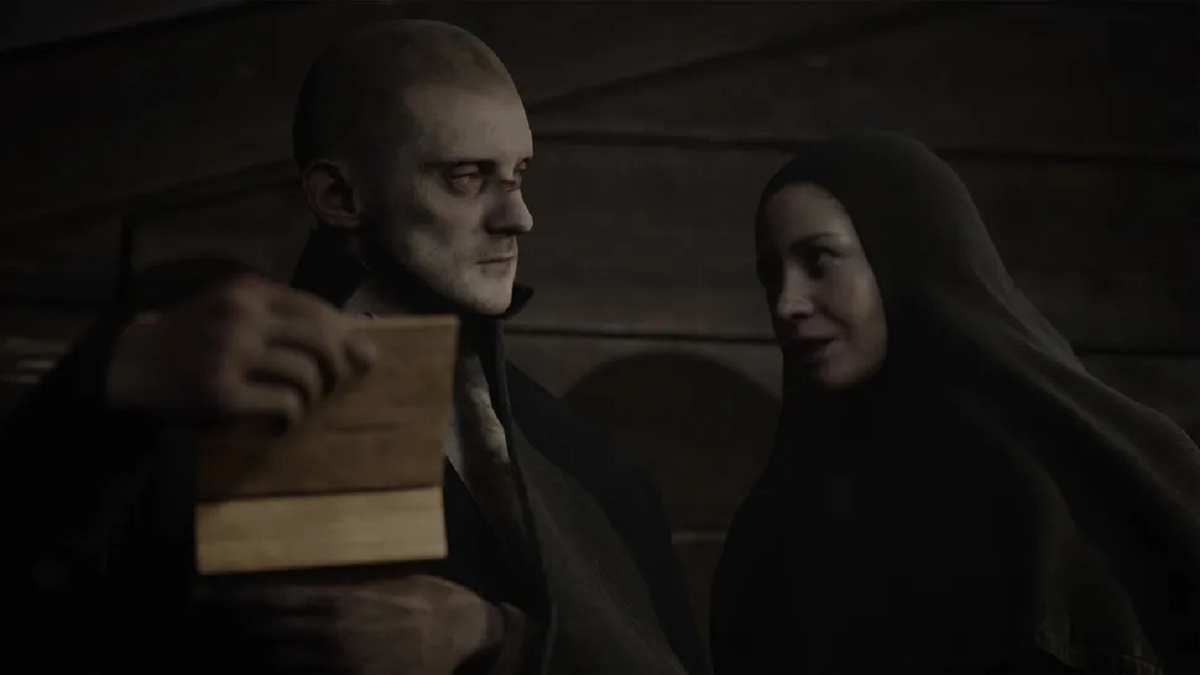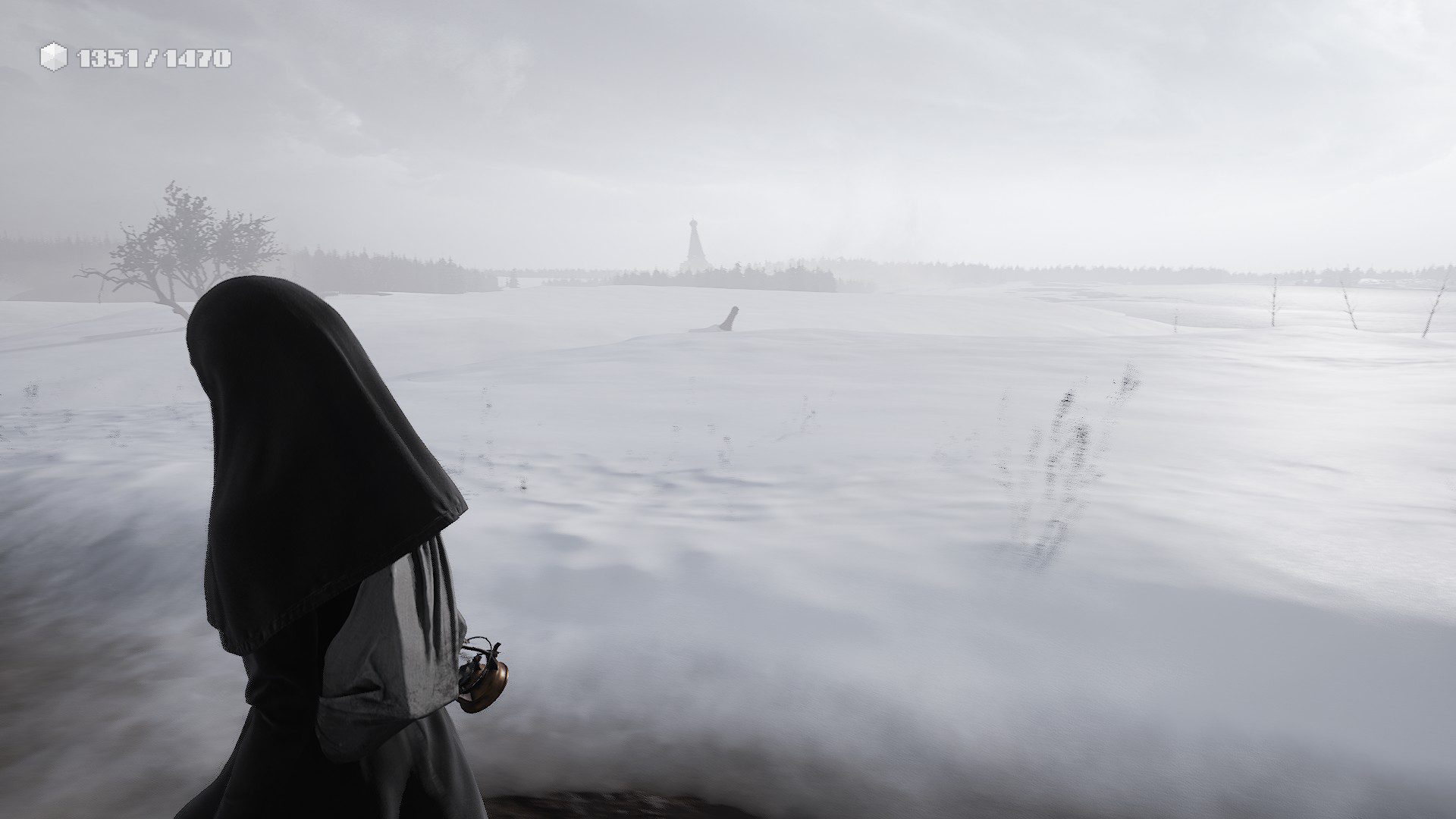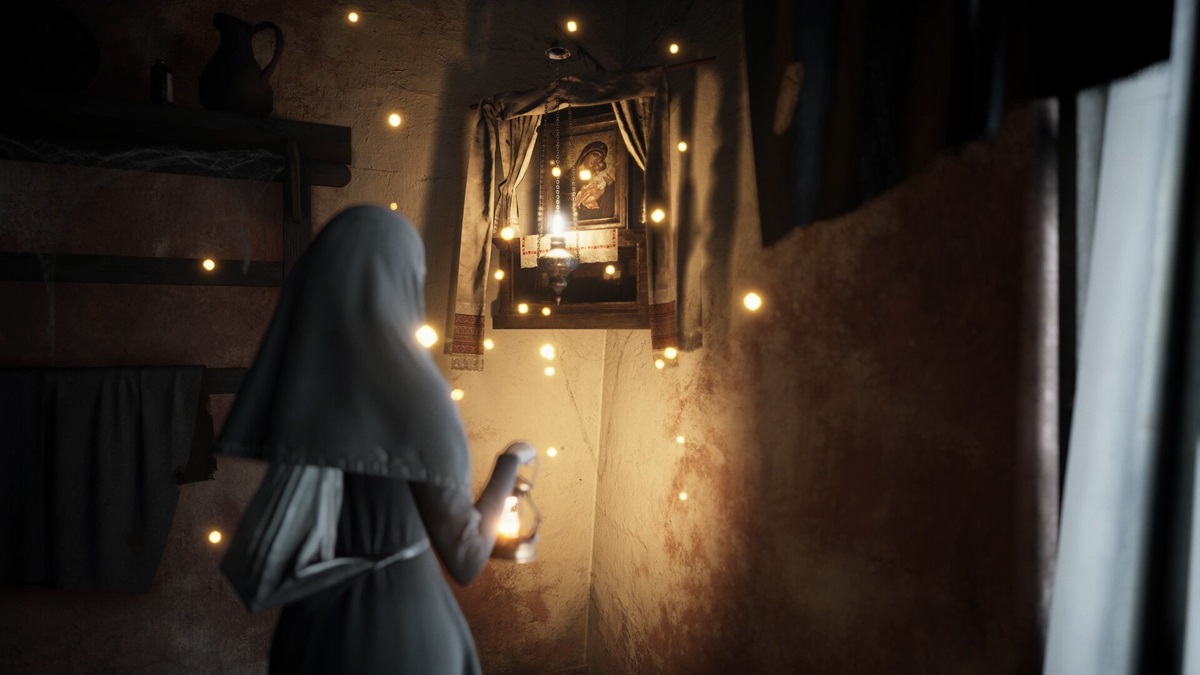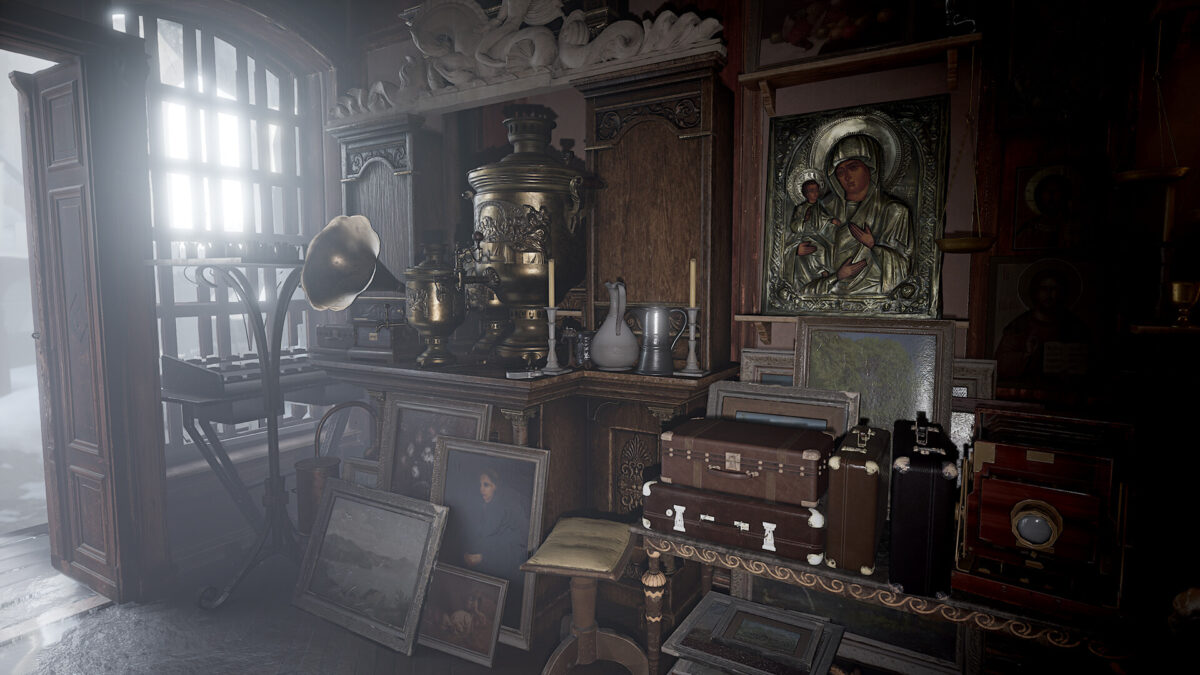INDIKA
INDIKA is a third-person horror game that takes players on a unique journey set in an alternative 19th century Russia. The story revolves around Indika, a young nun on a quest for self-discovery, accompanied by an unlikely companion—the devil himself.

Developed by indie game studio Odd Meter and published by 11 bit studios, I went into INDIKA thinking it would be more of a horror experience, but I found myself on a deep philosophical journey in a dark atmosphere. This, of course, is not a bad thing. The game immediately intrigued me with its captivating atmosphere and unique premise. Although it diverged from my initial expectations, it drew me in with its narrative that delves deep into themes of religion, faith, and reality in a way that few games dare to.
A thought-provoking story in alternative Russia
The story of this game was truly something else. The way it created an alternative Russia at the turn of the 19th century was unlike anything I played. The game tackles serious topics like religion, faith, and reality with a heavy tone. And it truly makes the player question and rediscover these alongside Indika, who is going on a journey of self-reflection and questioning through a series of unfortunate events.

The game begins with Indika being kicked out of a monastery ceremony due to an incident. As she runs meaningless errands, we hear a sarcastic narration by the Devil, criticizing the church and Christianity while seemingly trying to influence Indika. Later, during a feast, Indika experiences another episode, witnessing unsettling visions. After this last incident, she is sent on a “holy mission” to deliver a letter to a distant monastery. She is sent out into the cold Russian winter with nothing but a pouch and the letter.

Stepping out of the convent for the first time since her arrival, Indika sets off to complete her mission, feeling both free and lost. The game did such a good job here that when I left the monastery as Indika, I felt lost just like her. There was no sense of direction in the vast Russian winter. There was just snow everywhere. I think this loss of direction also symbolizes Indika’s questioning of her faith.

The aforementioned series of unfortunate events sways Indika from her mission and leads her astray. I would say this sway is not exactly in her control (as she’s literally taken hostage) but the sense of freedom she felt after leaving the monastery encourages her to take some bold steps she wouldn’t take otherwise.
Indika goes out of her way to help the injured in a nearby train accident and crosses paths with Ilya, who survived the same train accident. And so, we meet yet another companion who will accompany us throughout the game. By the way, did I mention that the train that crashed was carrying convicts? Ilya being one of these prisoners, takes Indika as a hostage, setting the stage for the true adventure ahead.

As we get to know Ilya along with Indika, we realize that he is not that bad. He has a serious infection in his arm, which prevents him from doing some things (e.g. escaping from the guards) and he kind of had to take Indika hostage.
Another fun fact about Ilya is that he believes he is talking to God.
This tragicomic duo—a nun who speaks with the Devil and a convict who speaks to God—continues their journey together to find the holy objects called Kudets that are in a nearby city where Ilya is from. Ilya believes that whatever these Kudets are, they will heal his arm. He says they are miraculous, and even the possessed are taken to the Kudets. This last part gives hope to Indika that maybe she can be saved from the Devil’s sway after all.

They form an unlikely companionship over the course of the game and the game’s main philosophical questions arise from their contrasting beliefs and conversations about religion, choice, and freedom. As we try to solve puzzles, they engage in this back-and-forth. It’s never like an argument between them, even though they are on opposite sides, and sometimes Ilya even agrees with Indika’s arguments.

As the game progressed, I found myself drawing parallels between Bulgakov’s “The Master and Margarita”, then I read the description of the game on Steam where the developers specifically name drop the author. LOL.
Author’s Note: “The Master and Margarita” is a novel by Mikhail Bulgakov that tells of a visit by the devil and his entourage to the officially atheistic Soviet Union. Through supernatural elements and dark satire, Bulgakov challenges Soviet citizens’ beliefs and behaviors. The novel blends Christian philosophy with elements of dark comedy, making it difficult to categorize into a single genre. It is highly regarded by critics as one of the best novels of the 20th century and a standout example of Soviet satire.
And as you can imagine the game combines philosophy, psychology, and very dark humor in a “unholy” way as the aforementioned The Master and Margarita does.
Graphics, atmosphere, and style
Firstly, the game was gorgeous in every aspect. The almost black and white world of INDIKA was mesmerizing and incredibly immersive. The developers must have been proud too (and rightfully so), given the thoughtful addition of places where players could simply sit and enjoy the scenery.

The atmosphere was uncanny and creepy. Dare I say it was one of the most atmospheric games I played recently. The way it immersed me into the environment was something I’ve been looking for in a horror game for a long time. And I don’t think I’ve been this immersed in a horror game since the first Layers of Fear.

When I began playing the game, I was initially surprised by the pixelated user interface but as I progressed, the reasoning behind this choice became clear. The game alternates between the bleak present and Indika’s vivid, pixelated memories of the past. I think this sharp contrast added a new dimension to the storytelling, illustrating the monastery’s profound impact on Indika’s life.

INDIKA was also one of the most stylized games I’ve ever played. From the story to the cinematography, to the art style, and even the loading screens, every detail contributed to the overall vision of the game. Whether it was changes in camera angles, perspectives, dialogue, or the game’s transition from realism to pixel art, each element was purposeful and meticulously planned.
Gameplay and mechanics
One of the most striking features of INDIKA was the combination of 3D and 2D gameplay. While some games incorporate 2D games as Easter eggs or mini-games, INDIKA was the first I experienced where these pixel art segments were deeply intertwined with the game’s narrative.

Another standout feature of INDIKA was its diverse puzzle-solving elements. While some of the puzzles were the standard fare, forced you to navigate 3D environments, others adopted unconventional mechanics that lock the camera into a top-down view, allowing players to operate machinery and interact with the environment in unexpected ways. The blend of different puzzle mechanics was brilliant, and the mechanics worked as intended.
In particular, the mechanic where the hellish alternative reality that helps you solve puzzles or get across somewhere while the “Devil” tries to make you question everything was really interesting but felt a bit under-utilized.
The point system integrated into the game was also quite quirky. Activities like collecting holy souvenirs and lighting candles in front of the Mary and Jesus picture earned you points, which could be used to progress along a skill tree-like mechanic where you choose either the God’s or Devil’s path.
However, every 2-3 loading screens, the same tip would pop up, advising not to waste time collecting points because they were “pointless”. By the end of the game, you understand what they meant. But that didn’t stop me, of course—I had to collect every point I could.

My personal experience
I wanted to wait before writing this review, allowing the game to fully sink in. Sometimes I get carried away with excitement and end up praising a game more than it deserves, but this isn’t one of those cases. Even after some time, I still feel the same excitement I felt when I first played it. I really tried to find something to criticize, but there was literally nothing except for its short length. Yet, even that can be considered praise in itself.
While the ending may have felt anticlimactic, it was intentional and made sense. I have no objection to that; rather, it’s just that all the mechanics, the experience, the gameplay, the story… everything was so good that I simply wanted more. Maybe it’s just my greed, but I didn’t expect the game to finish in one sitting, but alas it did.

The full gameplay adds up to a total of 5 hours give or take. As I mentioned in the section on gameplay mechanics, certain aspects felt underexplored. But of course, this is from my point of view as a gamer, and I can’t even begin to imagine the amount of work and thought that went into every detail. I can’t even blame the developer for keeping it short. I feel like this much intentionality and nuance comes with its limitations. Even my criticization turned into praising but what can I do? It was just that good. I feel like I could’ve played for 20 more hours, and it would still be short for me.
Special thanks to Odd Meter and 11 bit studios for providing us with a pre-release copy of the game.
Conclusion
Well, as you can understand from this review, INDIKA was a great experience from start to finish. The game’s narrative explores themes of religion, faith, and reality with depth and philosophical insight. Its mesmerizing, almost black-and-white landscapes and vibrant pixel-art flashbacks breathe life into Indika’s past, enhancing the impact of the storytelling. The blend of third-person exploration and 2D platforming keeps the gameplay fresh and engaging. Despite its relatively short runtime of about five hours, INDIKA’s impact is long-lasting. The story resonated long after the game ended and left me pondering the profound questions it raised about life and belief.

If you are wondering about our basic criteria for gaming news and reviews,
feel free to check our news policy and standards.
You can also follow us via Google News.

INDIKA
INDIKA was an engaging and thought-provoking experience from start to finish, with great puzzles, mesmerizing graphics and story. Its only flaw was the relatively short play time, which left me eager for more.

